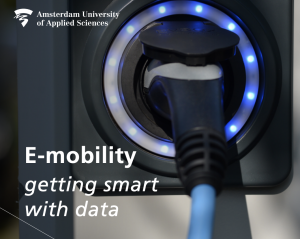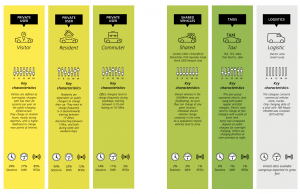Entering into the world of electric mobility, we have to prepare for a local public-charging infrastructure for e-mobility. Over the past five years, the Amsterdam University of Applied Sciences (AUAS) – researchers, teachers, and students, together with municipalities, research institutes and companies – have gathered and analyzed the charging data of public-charging infrastructure in the Netherlands.
Charging for e-mobility
The AUAS wanted to get smart, based on data, facts, and figures. They have achieved this through experiments, evaluations of roll-out policies, and developing computational models to simulate the future. There are many ways to determine whether, where and what charging infrastructure to install. Demand-driven roll-out strategies have been applied next to the strategic placement of charging stations. Both regular and fast charging points have been installed and monitored. Stand-alone charging stations with two sockets and charging hubs have been put in place. Smart-charging experiments have been executed at AC charging stations, and battery packs for solar energy storage have been installed.
The roll-out of public-charging infrastructure
A new book captures five years of research results on the roll-out of public-charging infrastructure. The book includes key takeaways from data analysis on the topics of charging infrastructure performance, policies to stimulate effective roll-out, smart charging and segment studies such as electric taxis. With this publication, the AUAS hopes to provide practical insights and tools to support policy-makers in their quest to develop an effective charging infrastructure.


